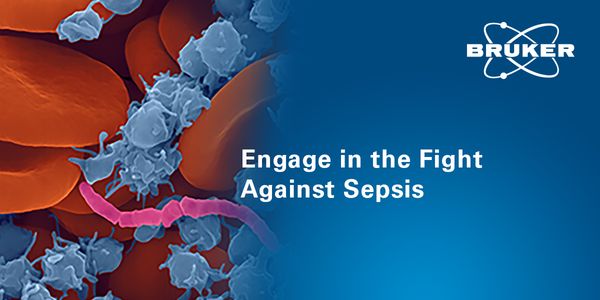Imaging
Imaging: the technique and process of creating visual representations of the interior of a body for clinical analysis and medical intervention, as well as visual representation of the function of some organs or tissues (physiology). Medical imaging seeks to reveal internal structures hidden by the skin and bones, as well as to diagnose and treat disease. Medical imaging also establishes a database of normal anatomy and physiology to make it possible to identify abnormalities. Although imaging of removed organs and tissues can be performed for medical reasons, such procedures are usually considered part of pathology instead of medical imaging.
-
Genetically engineered cellular models are an integral part of the drug discovery process from early discovery through clinical biomanufacturing. The various applications of these cellular m...Speaker: Stacey Ward, PhD
High-throughput sequencing technology such as RNASeq and whole genome sequencing has enabled deep characterization of health and disease states. Biomarker discovery by these means has only h...
Speaker:
Esperanza Anguiano, PhD, MS-MBA
Presented at: Drug Discovery & Development Virtual Event Series 2022
Sponsored By: NanoString Technologies
Sponsored By: NanoString Technologies
Integrating external and internal ‘omics data is a key element of hypothesis generation, target identification, and biomarker prioritization when it comes to drug discovery. It is neve...
Speaker:
Joseph Pearson, PhD
The prevalence of NASH in global populations continues to expand in conjunction with the ongoing obesity and diabetes epidemic. Over the next decade, the disease is projected to become the l...
Speaker:
Paul McCracken, PhD
, Debbie Marshall
, Christina Gonzalez
Presented at: Drug Discovery & Development Virtual Event Series 2022
Flow cytometry is an essential tool for in-process control and release testing of cell therapy products. Standardization of these analytical assays is critical for the success of the manufac...
Speaker:
Emily Bozek, MSc
FEB 23, 2022 | 9:00 AM
Date: February 23, 2022 Time: 09:00am (PST), 12:00pm (EST) During this webinar we will present the Lahey four-year journey of using the MBT Sepsityper® solution for the rapid identificat...
Speaker:
Felicia Maida, GCertHSA, BS, MT(ASCP)
Sponsored By: Bruker Microbiology & Infection Diagnostics
What does a quantum leap in drug development look like and what is necessary to make it happen? Our greatest opportunity to deliver significant increases in the speed and effectiveness of dr...
Speaker:
Michelle Longmire, MD
Presented at: Drug Discovery & Development Virtual Event Series 2022
Receptors that respond to hormones, neurotransmitters, chemokines and growth factors traffic to the cell surface where they are activated by ligands and signal via coupling to molecules such...
Speaker:
Professor Kevin Pfleger, MA, PhD, FBPhS
Presented at: Drug Discovery & Development Virtual Event Series 2022
Cancer still accounts for nearly 1 in every 4 deaths worldwide. New immunotherapies have the power to induce durable responses in patients with fatal cancers, but only a small percentage of...
Speaker:
Hans-Dieter Zucht, PhD
Presented at: Drug Discovery & Development Virtual Event Series 2022
Sponsored By: Luminex - A DiaSorin Company
Sponsored By: Luminex - A DiaSorin Company
























